Following a dramatic collision that derailed two Chinese bullet trains and killed at least 40 people in eastern China, the Chinese public is angry. No, it’s furious.
High-speed rail in China was the subject of high-intensity official propaganda for years. While there were always doubters, many ordinary Chinese came to believe the Communist Party’s narrative that the shiny tracks and their ultra-fast trains were a sign of China’s successful modernization.
The accident on Saturday, during which one train rammed into the back of another that had stalled, causing six cars to derail and four to fall from a viaduct, turned that on its head.
“Now is the time,” wrote one bold Internet user. “First of all, I demand the suspension and reform of the high-speed rails. … Second, begin legal proceedings to sue the Ministry of Railways. … Third, publicize the management structure of the construction and design of the high-speed rails.”
The user, calling himself Wang Wei, listed more demands on his post on Sina Weibo, a Chinese version of Twitter. His indignant remarks were reposted over 30,000 times and commented on—almost entirely laudatory—over 6,000 times.
But rather than mollify the public’s anger, Chinese communist authorities have reached into their usual bag of tricks, and have instead attempted cover-ups, partly botched the rescue operation, and issued strict and ham-fisted curbs on media coverage of the incident. All this has made people even angrier.
The directive, which was leaked to the Internet, continued: “The major theme for the Wenzhou bullet train case from now on will be: ‘in the face of great tragedy, there’s great love.’”
Also, right after the Saturday incident in Wenzhou, Zhejiang Province, three excavators arrived at the site and proceeded to bury the wrecked train carriages. An Internet poll indicates that 98 percent of Chinese view this as a crude attempt at cover-up, and as prevention of a full probe into the cause of the crash.
But the haste to bury the trains’ cars also ended up burying at least one body and one survivor. A video shot by bystanders and posted on the popular video sharing service Youku showed a supine body being excavated and carried away from the wreckage, while a relative surnamed Yang told Radio Free Asia that a survivor was dug out of a buried car.
“We went over to the accident site this morning, where they were clearing up the wreckage, and they just found someone alive,” said Yang, who had lost his pregnant wife, 3-year-old son, and both in-laws in what was the deadliest rail accident in China since 2008.
The video has already garnered more than 2.8 million views.
Elsewhere, people think the authorities are simply lying about the death toll.
“The four cars that fell off were all full with more than 400 people. I just seriously don’t believe that only 210 were injured and 35 were killed,” one user commented on Weibo. “So what happened with the rest of the people? Did they all fall from the viaduct after a high-speed crash without getting hurt at all? Why can’t the list of victims be publicized? Why were the cars buried despite opposition from the public? Why can’t there be an independent investigation? I just don’t believe the statistics from the Ministry of Railways.”
Billkds, the netizen who circulated the video on Weibo, a Twitter-like Chinese service, asked other Chinese netizens to “believe their own eyes.”
“What you are seeing is the truth. That’s what actually happened,” he said.
In the face of the tragedy and derision, Communist Party cadres tried their best to put on a brave face. With the mangled train cars still sitting below the viaduct, officials started up high-speed rail services on the track again, as if to show that their systems were still robust.
And the Railways Ministry spokesman, Wang Yongping, told reporters: “Our high-speed trains are safe and qualified, and our technology is advanced.”
“We still have confidence,” he said to the state mouthpiece Xinhua. “Even though this accident brought negative effects to China’s railways and many people are beginning to worry about the safety of our high speed rail system.”
To eliminate some of those “negative effects,” a prominent Internet poll on the incident that had attracted some 65,000 voters—the vast majority being “very dissatisfied” with the regime’s response—was removed.
Follow Helena on Twitter @HelenaZhu.
Follow The Epoch Times’ China feeds on Twitter @EpochTimesChina.
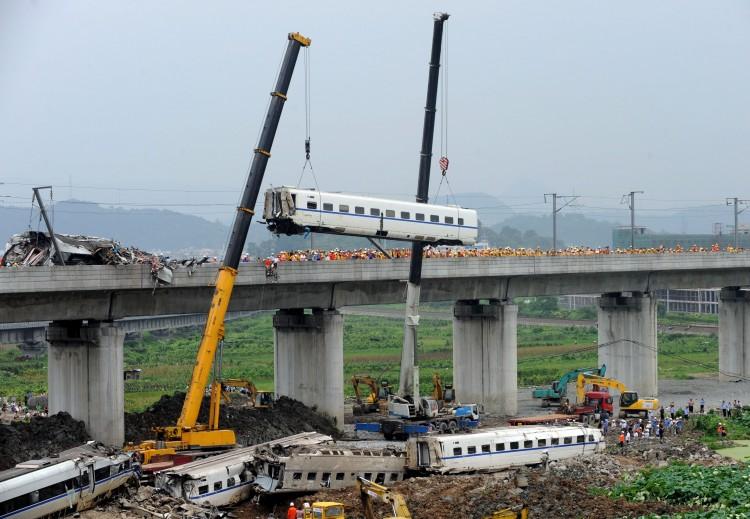
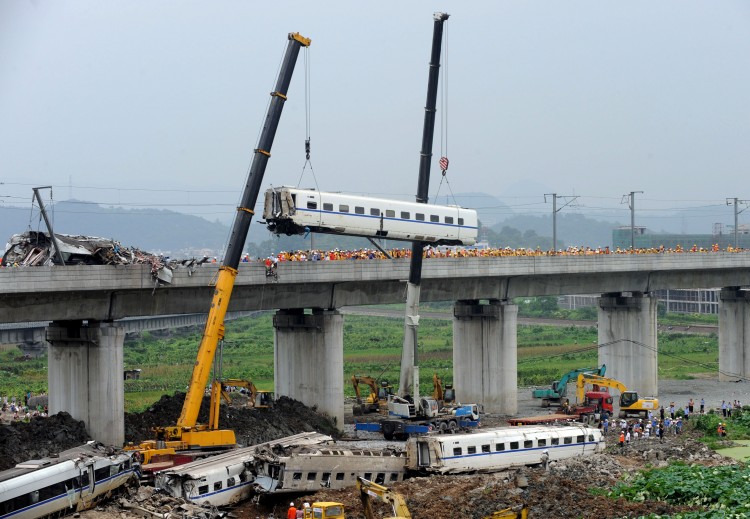
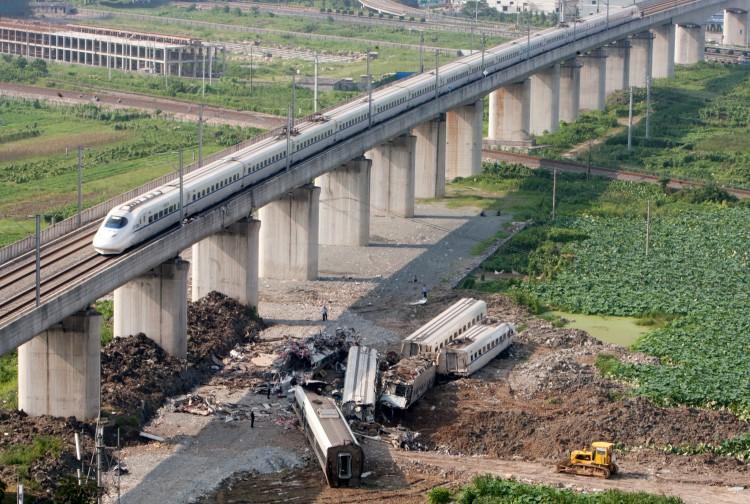
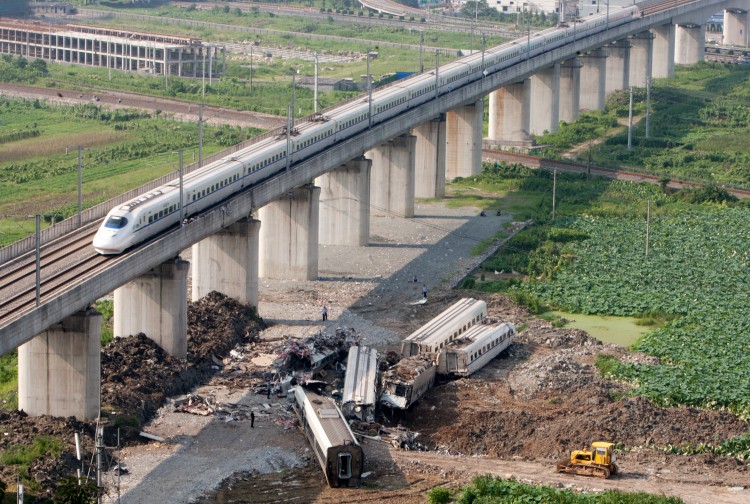

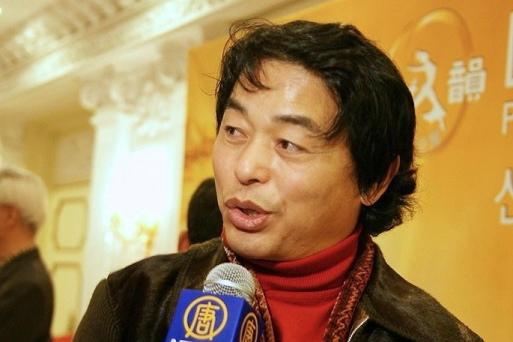
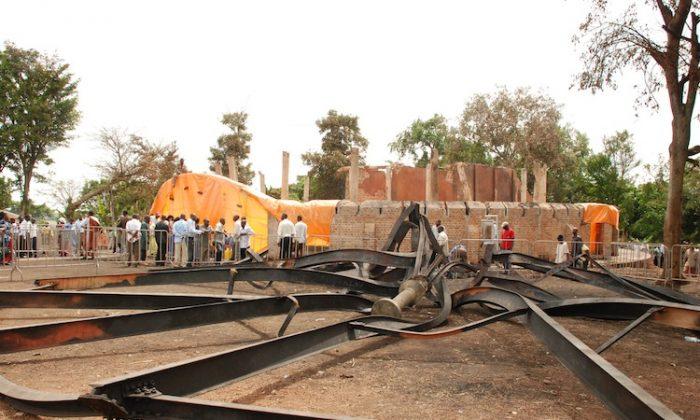
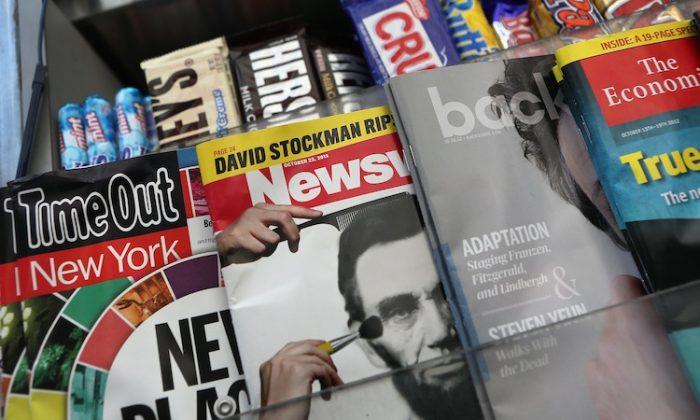
Friends Read Free